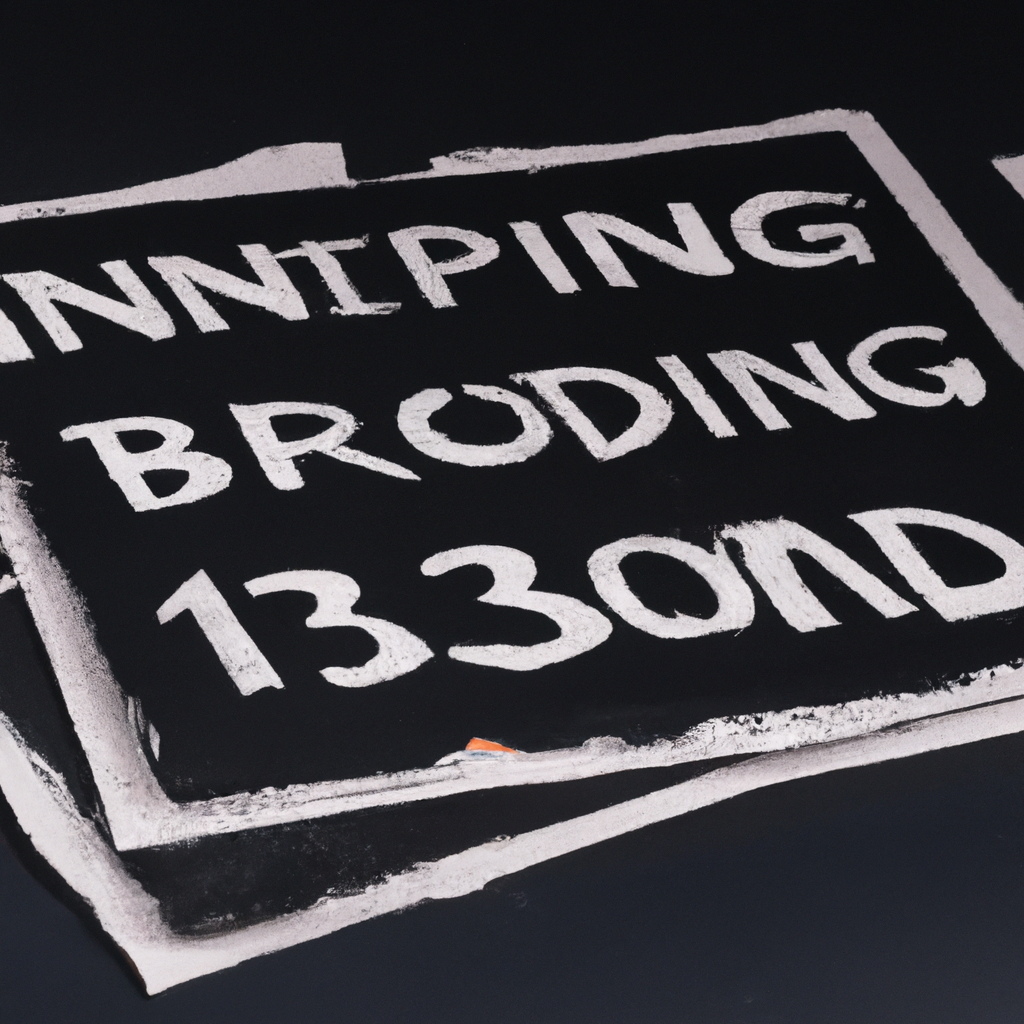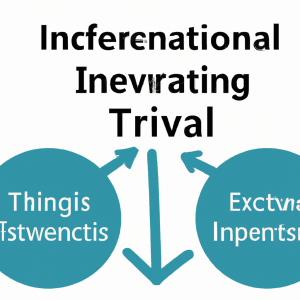
Backtesting Strategies: Evaluating Performance with Historical Data
Backtesting with Historical Data
Backtesting is a crucial step in evaluating the effectiveness of a trading strategy. By using historical data to simulate trades, traders can assess the performance of their strategy and make informed decisions about its potential profitability. In this article, we will explore the process of backtesting with historical data.
1. Gather Historical Data
The first step in backtesting is to gather historical data for the asset or market you are interested in trading. This data can typically be obtained from financial data providers, online databases, or trading platforms. Make sure to collect data for a sufficiently long period to capture different market conditions and trends.
2. Define Your Trading Strategy
Once you have collected historical data, the next step is to define your trading strategy. This includes setting entry and exit criteria, risk management rules, and other parameters that will guide your trading decisions. Make sure your strategy is clear and well-defined to ensure accurate backtesting results.
3. Backtest Your Strategy
With your historical data and trading strategy in hand, you can now start backtesting. This involves simulating trades based on your strategy using the historical data. Keep track of the performance of each trade, including profits and losses, to evaluate the effectiveness of your strategy.
4. Analyze the Results
Once you have completed the backtesting process, it is important to analyze the results. Look for patterns or trends in your trades, identify areas of strength and weakness in your strategy, and assess whether the strategy is profitable overall. Use this analysis to make any necessary adjustments to your strategy.
5. Optimize Your Strategy
Based on the results of your backtesting and analysis, you may need to optimize your trading strategy. This could involve tweaking parameters, adding new rules, or refining your entry and exit criteria. Continuously testing and refining your strategy is key to improving its performance over time.
6. Implement Your Strategy
Once you are satisfied with the results of your backtesting and optimization, you can implement your trading strategy in real-time. Keep track of your trades and monitor the performance of your strategy to ensure that it continues to meet your goals and objectives.
By following these steps and using historical data to backtest your trading strategy, you can gain valuable insights into its effectiveness and make informed decisions about your trading approach. Remember that backtesting is an ongoing process, and it is important to regularly review and adjust your strategy to adapt to changing market conditions.

